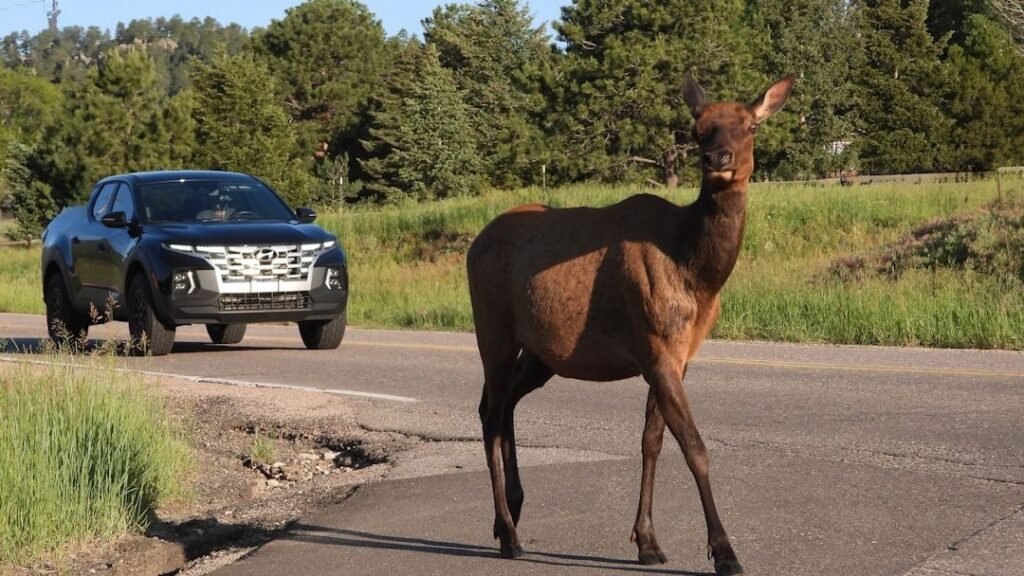Across America’s vast road network, a quiet revolution is taking place. Wildlife crossings, once considered expensive luxuries, are proving their worth with hard data that speaks louder than any environmental argument ever could. These engineering marvels aren’t just saving animal lives – they’re transforming entire ecosystems while protecting human safety and taxpayer wallets.
From the mountains of Colorado to the deserts of Nevada, from the Everglades to the Pacific Coast, these bridges and underpasses have become lifelines for species that highways had divided for decades. The numbers are compelling: drivers hit 1 to 2 million animals each year, causing 200 human fatalities and over 26,000 injuries, at a cost to Americans of more than $8 billion annually. Yet where wildlife crossings exist, the data tells a dramatically different story.
Interstate 90 Snoqualmie Pass, Washington – The Crown Jewel of Connectivity
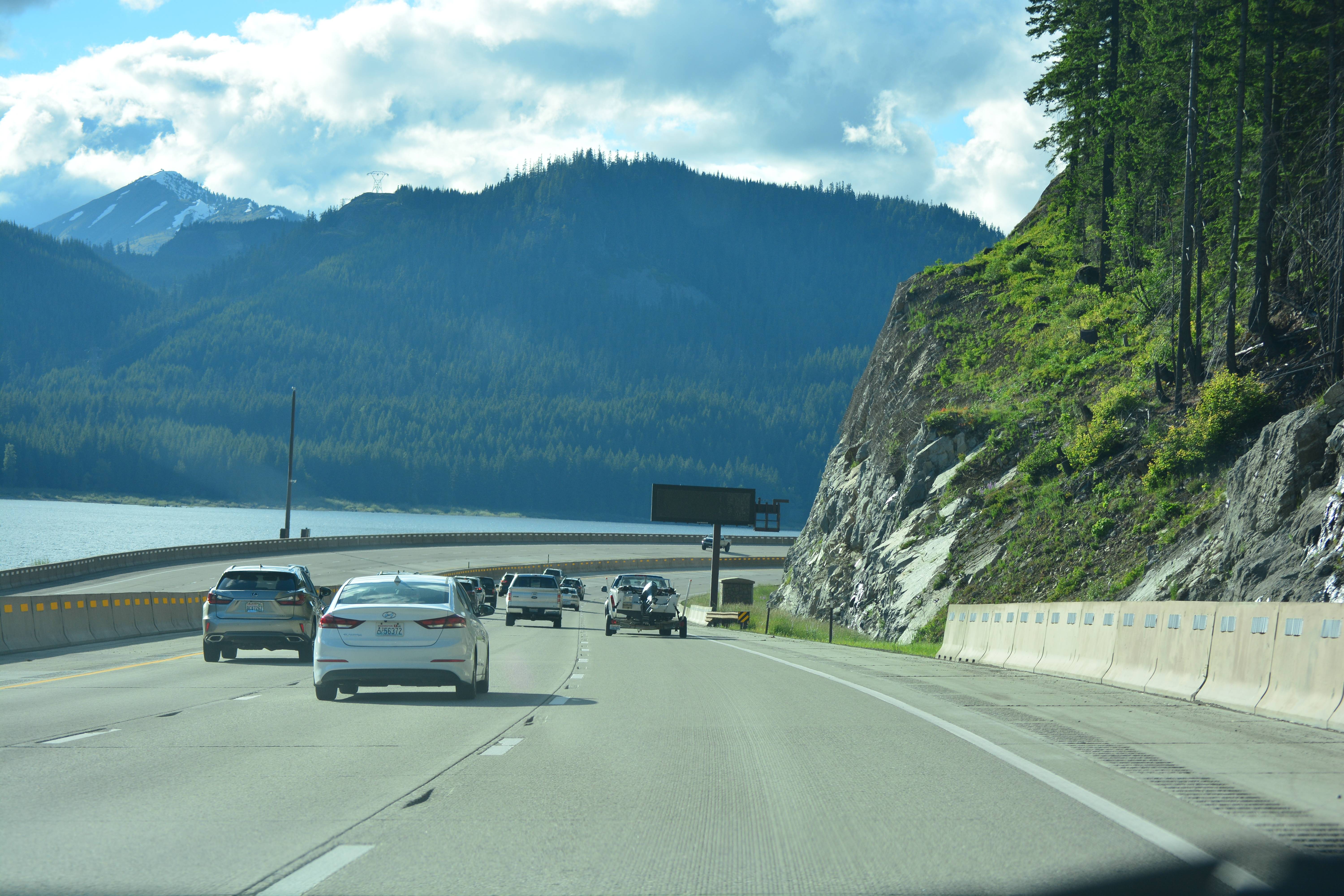
Here’s where engineering meets wildlife biology in spectacular fashion. Interstate 90 is the longest interstate highway in the United States. Spanning more than 3,000 miles, it connects Seattle in the west to Boston in the east. But it also serves as a massive concrete divide. For the animals who live to the north and south of the interstate, this road has absolutely wrecked their commute.
The Washington State Department of Transportation didn’t just build crossings – they built a monitoring system that would make any data scientist proud. Cameras set up at 11 wildlife crossings on a seven-mile stretch of Interstate 90 captured close to 5,000 crossings last year – mostly deer, elk, coyotes and a multitude of smaller animals that are snowshoe hare-sized or larger. The real surprise? Even tiny creatures like salamanders are using these passages, proving that good design serves all species.
Colorado Highway 9 Wildlife Crossing – The Gold Standard
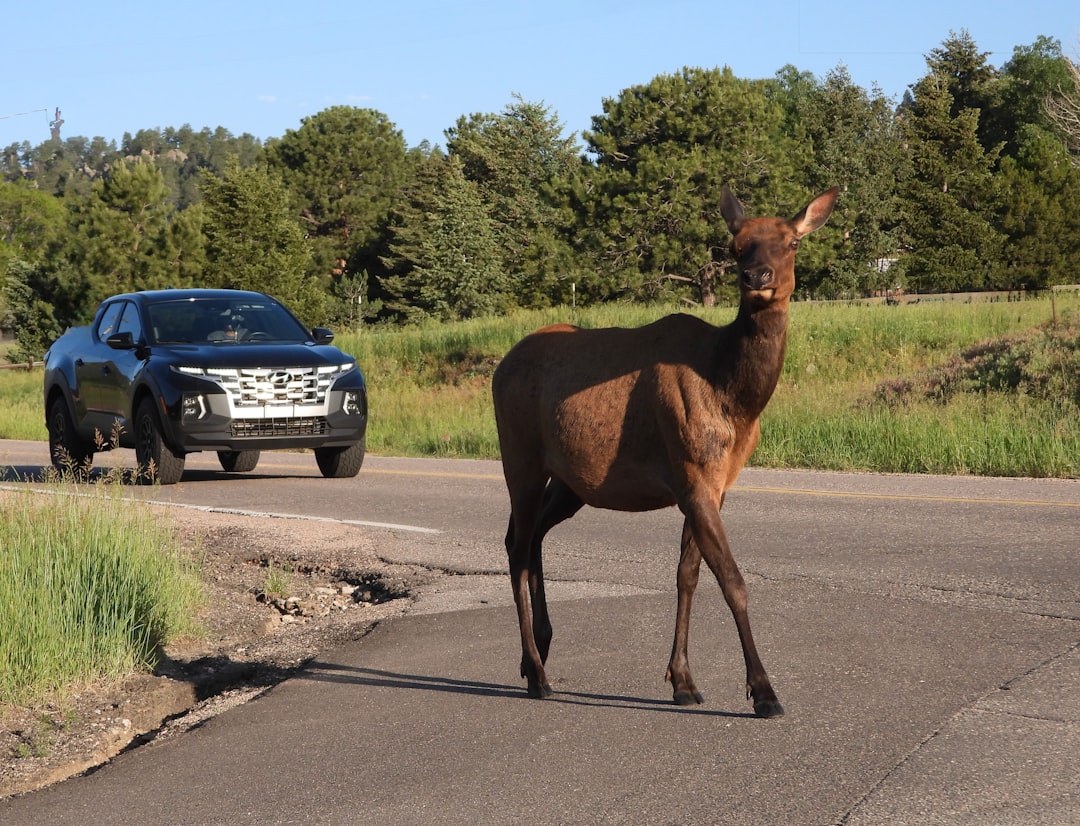
Colorado’s Highway 9 project reads like a conservation fairy tale, complete with a happy ending backed by solid numbers. About 63 animal carcasses – 98% of which were mule deer – were found on that stretch of highway each winter. Between 2007 and 2011, more than a third of all crashes there involved wildlife. The situation was dire, but the response was brilliant.
After the crossings were completed, they went from maybe 60, 70 or more collisions to eight or six or less a year. On State Highway 9, they saw a 90% reduction in wildlife-vehicle collisions. And then the other key part about State Highway 9 is they saw over 112,000 successful mule deer movements on those seven structures over five years (2015-2020). Think about that: over one hundred thousand times, an animal safely crossed instead of risking death on the highway.
Banff National Park Trans-Canada Highway – The International Inspiration
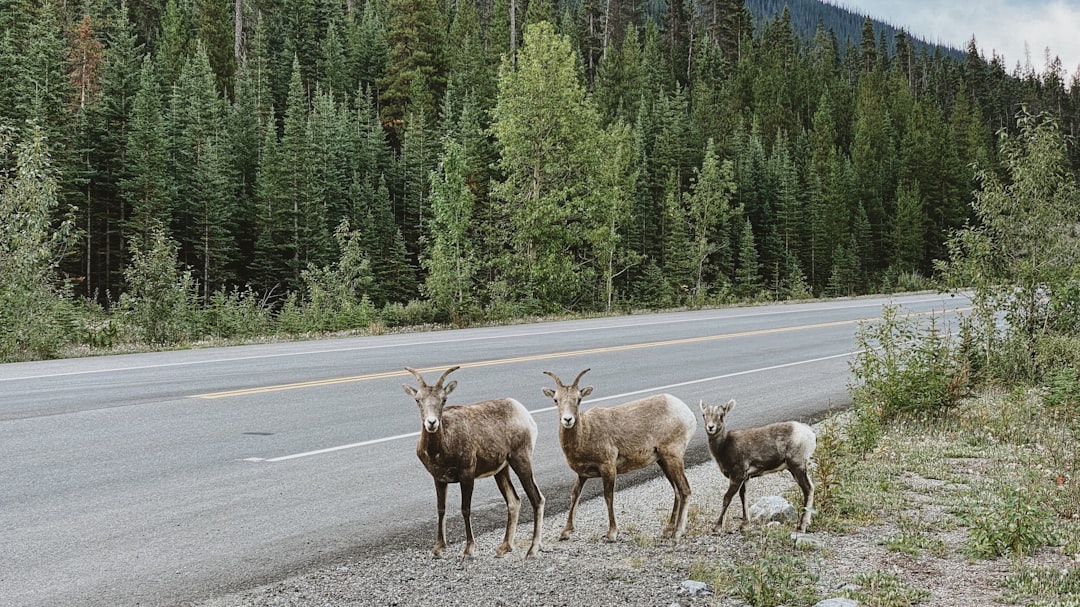
Though technically in Canada, Banff’s wildlife crossings deserve mention because they’ve become the blueprint that American projects follow. Data collected from the crossings has found that 13 large mammals species, from bears to cougars to bighorn sheep, have used the structures in Banff more than 200,000 times. These aren’t just impressive numbers – they represent lives saved and ecosystems reconnected.
In just one two-mile stretch, wildlife-vehicle crashes reduced from an average of 12 a year to 2.5, reducing costs of crashes by 90 percent – over $100,000. Banff proved that wildlife crossings weren’t just environmental feel-good projects; they were solid investments that paid for themselves through reduced accident costs and saved lives.
Interstate 75 Florida – Panther Preservation Through Engineering
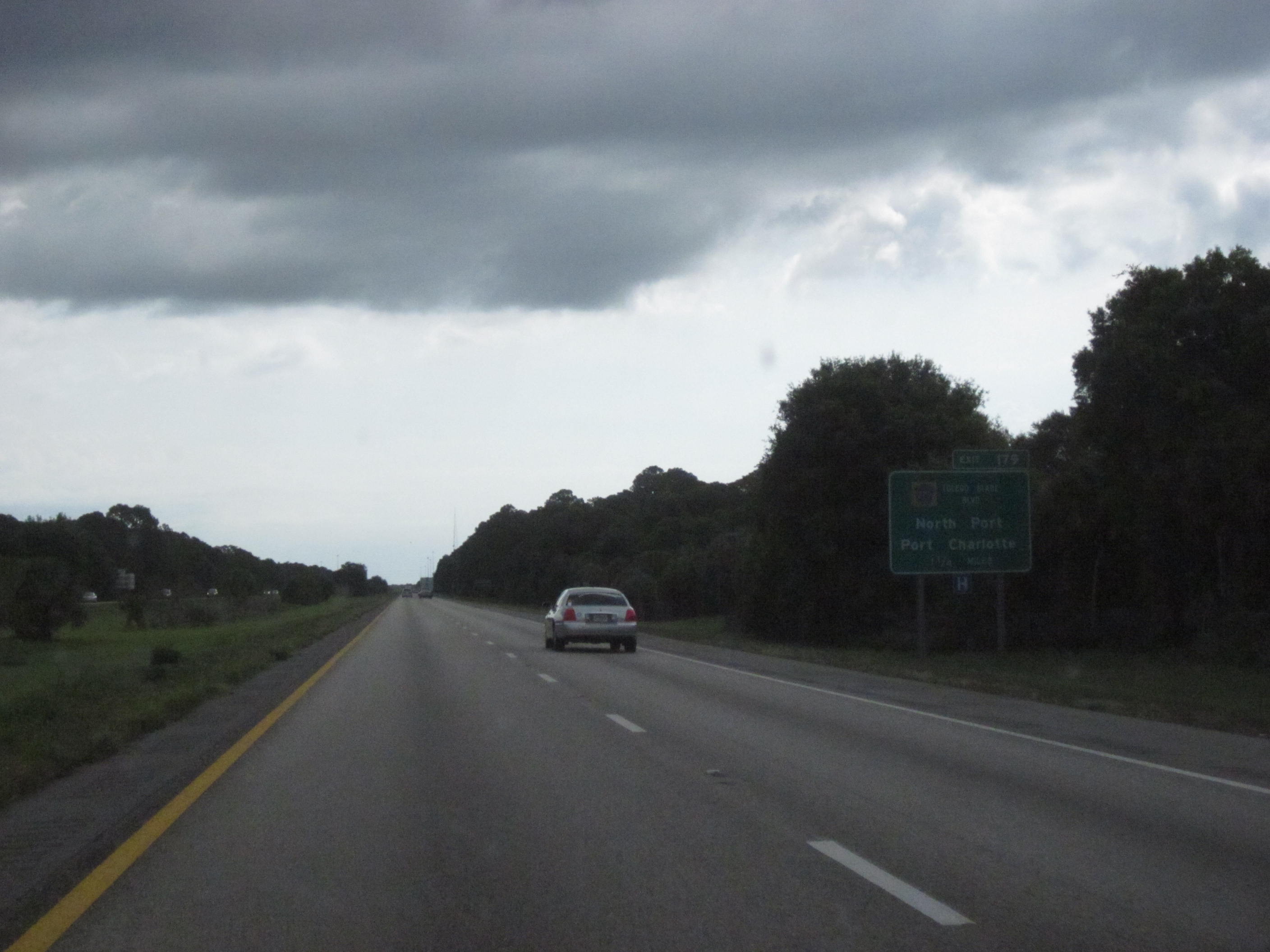
Florida embraced the concept in the 1970s to protect panthers traversing I-75 along Alligator Alley in the Everglades. By the early 1990s, there were 24 crossings along a 40-mile stretch of the interstate. This wasn’t just about one species, though the Florida panther became the poster child for the entire program.
These crossings are specifically designed to target and protect the endangered Florida panther, a subspecies of cougar found in the Southeastern United States. Scientists estimate that there are currently 120-230 adult and subadult Florida panthers alive in the wild, which makes them one of the most endangered large mammals in North America. The Florida panther is particularly vulnerable to wildlife-vehicle collisions. The data from Florida shows that when you’re working with critically endangered species, every crossing matters exponentially more.
Wyoming’s Trappers Point – Pronghorn Paradise
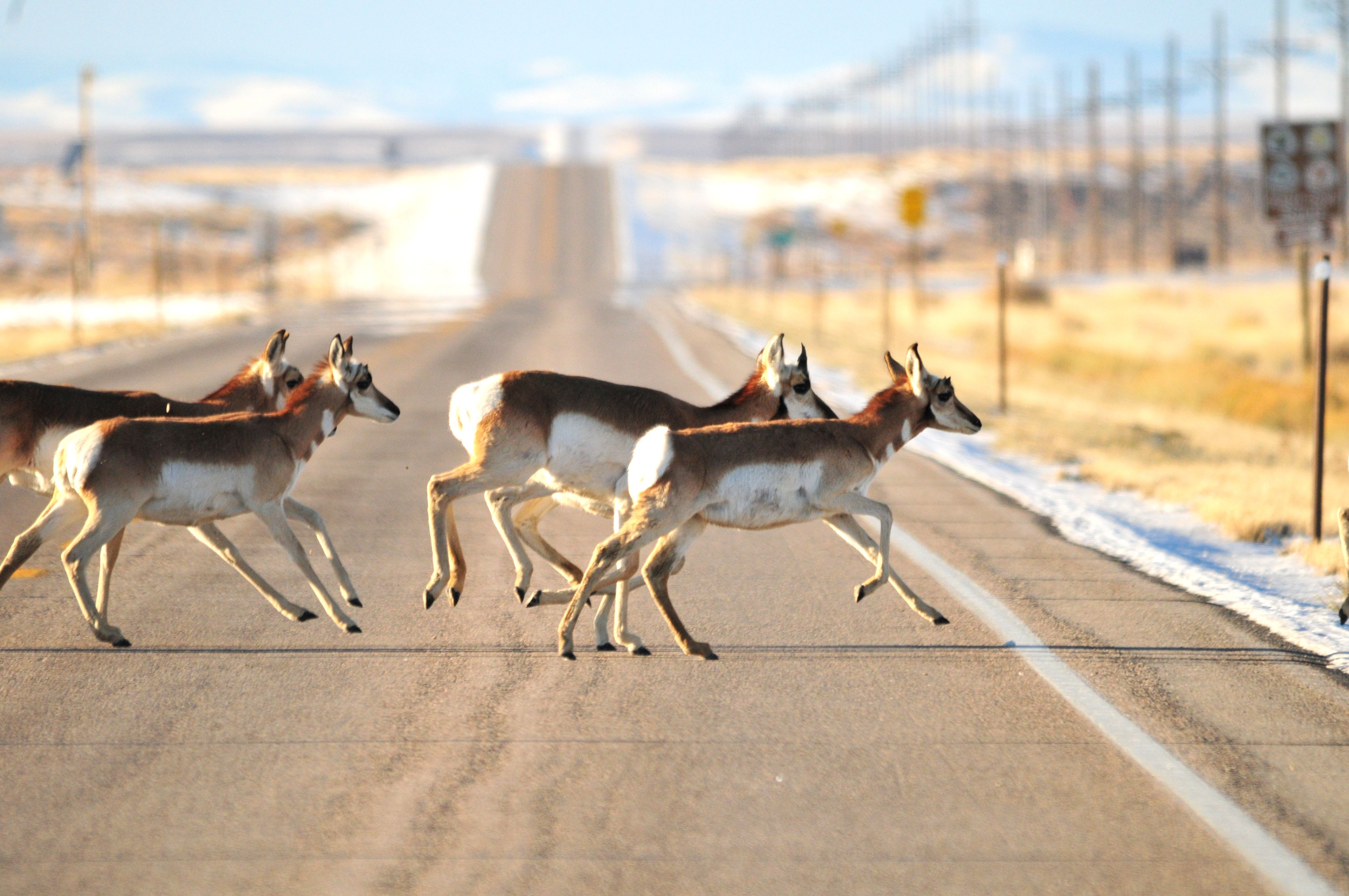
Wyoming’s approach at Trappers Point demonstrates how wildlife crossings can transform migration routes that have existed for millennia. At the ecologically vital Trappers Point crossing, some 85 vehicle-animal collisions used to occur annually. “I remember seeing maintenance guys coming back with truckloads of deer to take to the landfill,” said Peter Hallsten, Pinedale’s resident engineer. In 2012, the Wyoming DOT completed construction of an $11 million project that includes two wildlife overpasses, six underpasses, and some 12 miles of fencing.
Wyoming engineer Hallsten said that first seeing animals readily using the structures at Trappers Point “felt like winning the Super Bowl.” That whole project, he said, should pay for itself in 15 years of reduced collisions, if not sooner. The economic argument becomes crystal clear when you realize these structures literally pay for themselves through reduced accident costs.
Nevada Interstate 80 – Desert Wildlife Highways
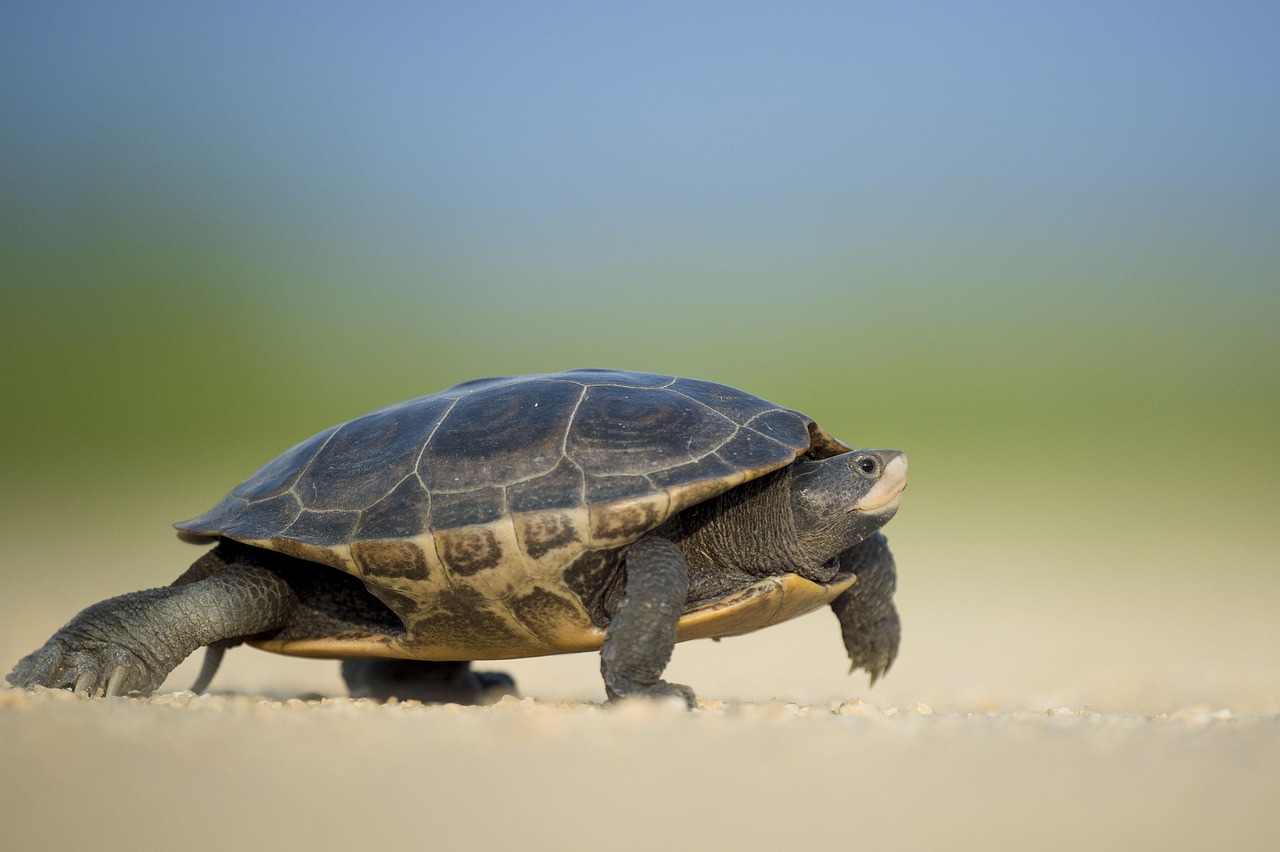
Nevada’s wildlife crossings prove that even desert environments benefit from thoughtful highway design. In Nevada, a series of bridge and tunnel projects across U.S. 93 and I-80 in Elko County, completed in 2018, has led to a 50 percent decrease in mule deer collisions. This shows that wildlife crossings work across diverse ecosystems, from mountain forests to high desert landscapes.
The Nevada project illustrates how modern wildlife crossing design goes beyond simple overpasses. Engineers must consider everything from seasonal migration patterns to the specific behaviors of desert-adapted species. The fifty percent reduction in collisions represents not just statistical success, but real animals reaching their destinations safely.
Wallis Annenberg Wildlife Crossing, California – The Future Takes Shape
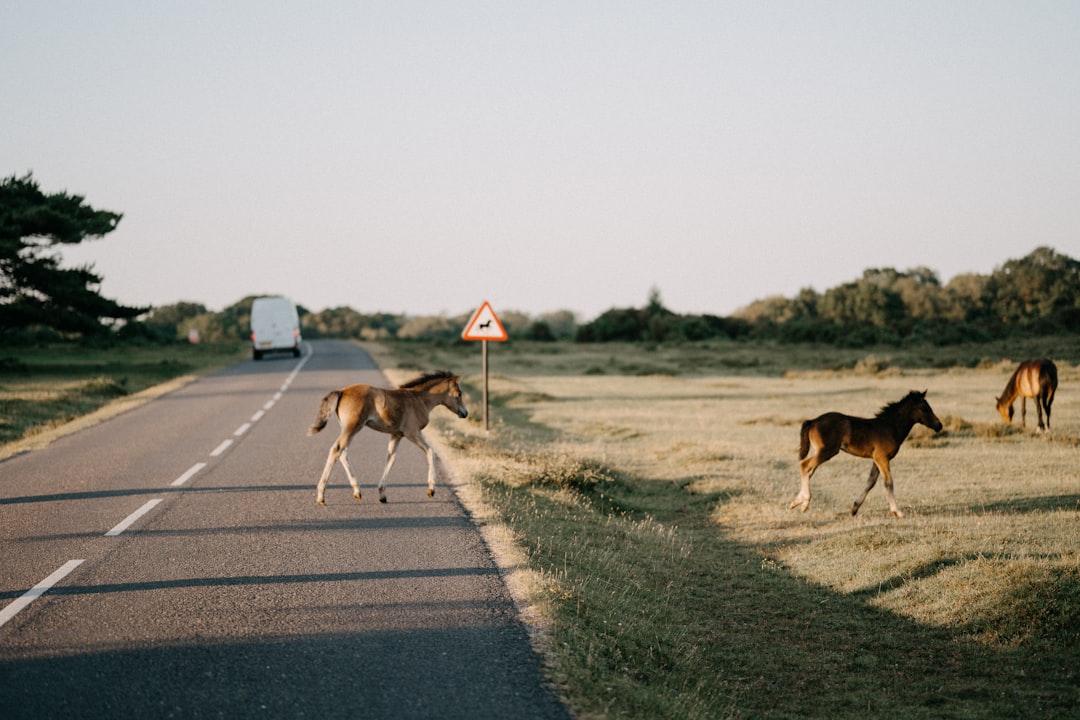
Currently under construction in Los Angeles, this project represents the ambitious future of wildlife crossing design. Once it’s completed, in late 2025 or early 2026, the Wallis Annenberg Wildlife Crossing will stretch for more than 200 feet across 10 lanes of the 101 Freeway, which can see up to 400,000 vehicles a day. It will be the largest wildlife corridor in the country.
The inspiration for this crossing came from P-22, a mountain lion who became a Los Angeles celebrity after successfully crossing two freeways to reach Griffith Park. P-22 became a local celebrity; his death in 2022 would further stimulate awareness and funds for the campaign. The data that drove this project’s funding was sobering: Since 2002, at least a dozen mountain lions have been killed on the freeway, and GPS tracking collars show that most approach the freeway then turn back. In 2020, biologists found the first evidence of physical abnormalities in the isolated population.
What makes these American success stories so compelling isn’t just the feel-good factor of helping animals. The data proves that wildlife crossings represent smart infrastructure investment that protects both human and animal lives while reconnecting fractured ecosystems. Each crossing becomes a node in a growing network of safe passages, proving that engineering and nature can work together brilliantly.
From the icy peaks of Washington to the sun-baked highways of Nevada, these seven examples show that when we build with wildlife in mind, everybody wins. The data doesn’t lie: these bridges aren’t just saving lives, they’re transforming how we think about transportation infrastructure itself. What do you think about it? Tell us in the comments.

